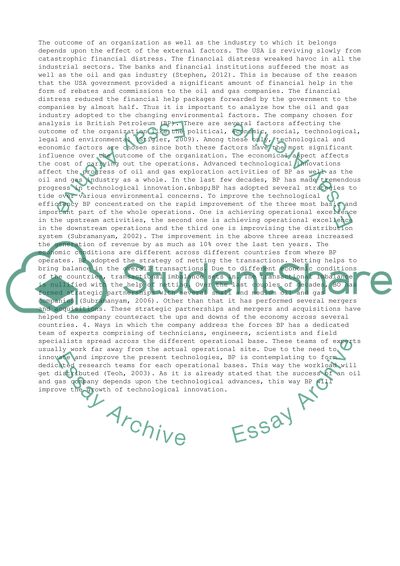Cite this document
(External and Internal Environments in Organization Case Study - 2, n.d.)
External and Internal Environments in Organization Case Study - 2. Retrieved from https://studentshare.org/management/1483019-external-and-internal-environments
External and Internal Environments in Organization Case Study - 2. Retrieved from https://studentshare.org/management/1483019-external-and-internal-environments
(External and Internal Environments in Organization Case Study - 2)
External and Internal Environments in Organization Case Study - 2. https://studentshare.org/management/1483019-external-and-internal-environments.
External and Internal Environments in Organization Case Study - 2. https://studentshare.org/management/1483019-external-and-internal-environments.
“External and Internal Environments in Organization Case Study - 2”, n.d. https://studentshare.org/management/1483019-external-and-internal-environments.


